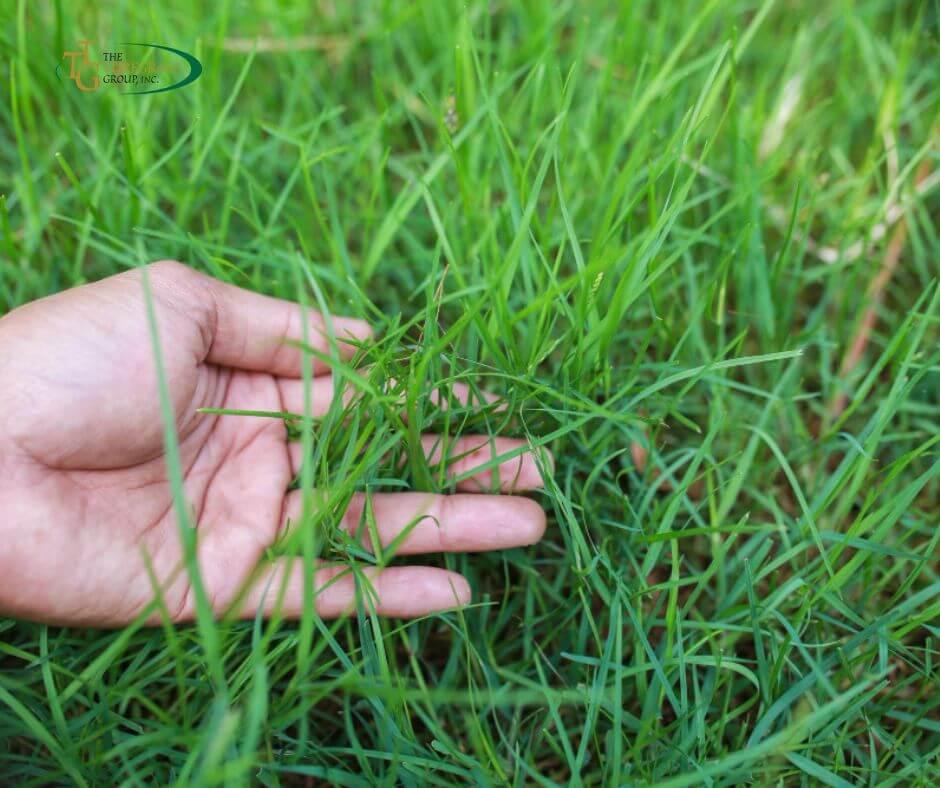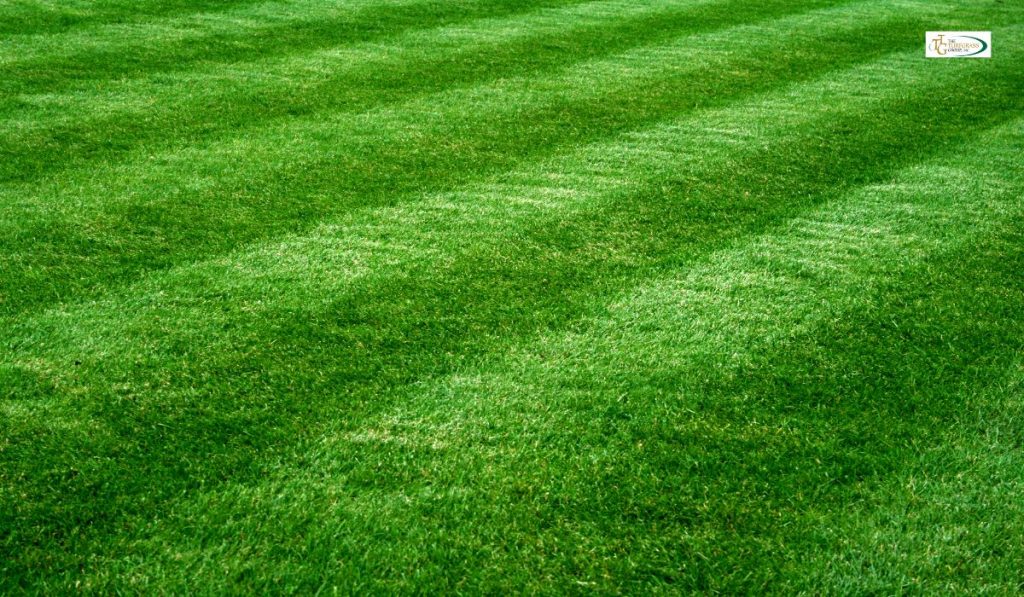
A lush, green lawn is the envy of many homeowners, but maintaining its vibrancy requires more than just regular watering and mowing.
Lawn grass diseases can quickly turn a once-thriving lawn into a patchy eyesore if not adequately prevented and managed.
Understanding the causes, symptoms, and treatment options for common lawn grass diseases is essential for maintaining a healthy and attractive lawn year-round.
Identifying Common Lawn Grass Diseases:

Before delving into prevention and management strategies, it’s crucial to be able to identify common lawn grass diseases.
Some of the most prevalent include:
Brown Patch: Brown patches are characterized by circular patches of brown grass surrounded by a darker ring.
They are often caused by excessive moisture and high temperatures.
Dollar Spot: This disease manifests as small, silver-dollar-sized spots of dead grass.
Dollar spot thrives in humid conditions and can quickly spread throughout the lawn.
Powdery Mildew: Powdery mildew appears as a white, powdery substance on the grass blades and can weaken the grass if left untreated.
Fusarium Patch: Also known as snow mold, fusarium patch typically occurs in more relaxed, wet conditions and presents as pink or grayish patches on the lawn.
Rust: Rust disease is identifiable by its orange or reddish-brown spores on the grass blades, often leading to thin, weak turf.
Preventing Lawn Grass Diseases:
Prevention is critical to maintaining a healthy lawn and minimizing the risk of grass diseases.
Here are some effective prevention strategies:
Proper Lawn Care Practices: Regular mowing, appropriate fertilization, and adequate watering are essential for promoting robust and disease-resistant grass.
Improve Air Circulation: Overcrowded grass and dense thatch can create ideal conditions for disease development.
Aerating the lawn and removing excess thatch can improve air circulation and reduce the risk of disease.
Water Wisely: Avoid overwatering, as excessive moisture can promote the growth of fungal diseases like brown patches and dollar spots.
Water deeply but infrequently, preferably in the morning, to allow the grass to dry before nightfall.
Maintain Soil Health: Healthy soil provides a solid foundation for robust and disease-resistant grass.
Conduct soil tests periodically to ensure proper pH levels and nutrient balance, and amend the soil as needed.
Choose Disease-Resistant Grass Varieties: When establishing or overseeding your lawn, opt for grass varieties known for their disease resistance in your region.
Managing Lawn Grass Diseases:

Despite the best efforts at prevention, lawn grass diseases may still occur.
Prompt identification and appropriate management are essential for minimizing damage and restoring the health of the lawn.
Here are some management strategies for common lawn grass diseases:
Fungicide Application: In severe cases, fungicides may be necessary to control the spread of fungal diseases like brown patches and powdery mildew.
Consult with a lawn care professional to determine the appropriate fungicide and application method.
Cultural Practices: Adjusting lawn care practices can help manage certain grass diseases.
For example, reducing nitrogen fertilization can mitigate the spread of dollar spots while improving drainage can prevent the development of fusarium patches.
Remove Infected Grass: If a lawn disease is localized, physically removing the affected grass and replacing it with healthy sod or seed can prevent further spread.
Prune Overhanging Trees and Shrubs: Trimming trees and shrubs to allow more sunlight to reach the lawn can help reduce moisture and inhibit the growth of fungal diseases.
Regular Monitoring: Keep a close eye on your lawn for any signs of disease, such as discolored patches or unusual growth.
Early detection allows for prompt intervention and better control of the disease.
Conclusion:
In conclusion, preventing and managing lawn grass diseases requires a proactive approach that incorporates proper lawn care practices, cultural management techniques, and vigilant monitoring.
By implementing these strategies, homeowners can maintain a healthy and vibrant lawn that enhances the beauty of their outdoor space for years to come.
For further assistance or to consult with experts in turfgrass management, feel free to reach out to The Turfgrass Group.
FAQs
What are some common lawn grass diseases to be aware of?
- Brown Patch: Circular brown patches surrounded by a darker ring caused by excess moisture and high temperatures.
- Dollar Spot: Small silver-dollar-sized dead grass spots thriving in humid conditions.
- Powdery Mildew: White powdery substance on grass blades, weakening the grass if untreated.
- Fusarium Patch (Snow Mold): Pink or grayish patches occurring in more relaxed, wet conditions.
- Rust: Orange or reddish-brown spores on grass blades, leading to weak turf.
How can I prevent lawn grass diseases?
- Practice proper lawn care: Regular mowing, fertilization, and watering.
- Improve air circulation: Aerate the lawn and remove excess thatch.
- Water wisely: Deep, infrequent watering in the morning.
- Maintain soil health: Conduct soil tests and choose disease-resistant grass varieties.
What are some management strategies for lawn grass diseases?
- Fungicide application: Consult with professionals for severe cases.
- Cultural practices: Adjust lawn care practices to manage specific diseases.
- Remove infected grass: Replace with healthy sod or seed.
- Prune overhanging trees and shrubs: Allow more sunlight to reach the lawn.
- Regular monitoring: Keep an eye out for signs of disease for early intervention.
How should I mow my lawn to prevent diseases?
- Mow regularly at the appropriate height to maintain healthy grass.
- Taller grass-shade soil reduces moisture loss and inhibits weed growth.
- Use sharp blades to prevent grass blade tearing, which can make them vulnerable to disease.
What is core aeration, and how does it help prevent lawn diseases?
- Core aeration involves removing small plugs of soil from the lawn to alleviate compaction.
- It allows air, water, and nutrients to penetrate the soil more effectively, reducing conditions favorable for disease development.
How can I determine if my lawn needs watering?
- Perform a “footprint test”: Step on the grass, and if it springs back, it doesn’t need watering.
- Water deeply but infrequently to encourage profound root growth and drought tolerance.
- Avoid watering in the evening to prevent prolonged moisture on grass blades, which can promote fungal growth.
What should I consider when selecting grass varieties to prevent diseases?
- Choose grass varieties well-adapted to your climate and soil conditions.
- Consult with local extension services or lawn care professionals for guidance.
Are fungicides safe to use, and how should I apply them?
- Follow label instructions carefully when applying fungicides to ensure effective control.
- Consult with professionals for guidance on safe and appropriate application methods.
How do I dispose of infected plant material when removing infected grass?
- Properly dispose of infected plant material to prevent further contamination.
- Consult local waste disposal regulations for appropriate disposal methods.
How often should I monitor my lawn for signs of disease?
- Regular monitoring is critical to preventing disease escalation.
- Inspect your lawn regularly for signs of disease, such as discolored patches or unusual growth patterns, and intervene promptly.